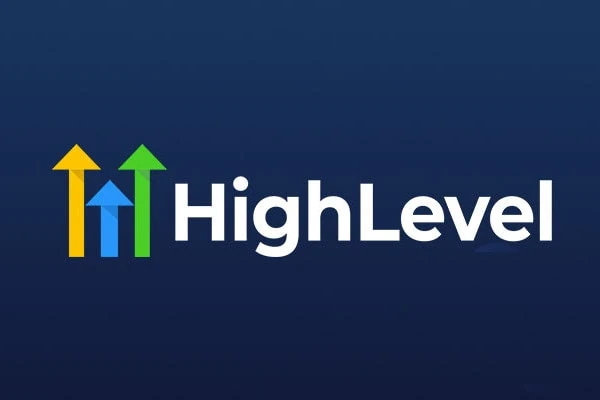CRM & Pipelines
Setting Up Pipelines and Stages in GoHighLevel (Lead Management Guide)
Team GoHighLevelSupport.io•October 22, 2025•10 min read

Managing leads effectively is the foundation of every successful business or agency.
Inside GoHighLevel,
the **Pipeline** feature gives you full visibility into your sales process — from the first contact to the closed deal.
In this guide, we’ll walk you through how to set up, customize, and automate pipelines and stages in GoHighLevel.
1. What Is a Pipeline in GoHighLevel?
A pipeline is a visual representation of your sales journey.
It lets you see exactly where each lead stands — whether they’ve just inquired, booked a call, or signed up.
Each **stage** within the pipeline represents a milestone in your process.
Example stages might include:
- New Lead
- Contacted
- Qualified
- Booked Appointment
- Closed Won / Lost
2. Why Pipelines Matter
Without pipelines, leads easily get lost in emails or spreadsheets.
GoHighLevel pipelines help you:
- Track every deal and its value in real time
- Identify bottlenecks in your sales process
- Assign leads to specific sales reps
- Trigger automations when leads move stages
3. How to Create a New Pipeline
To create your first pipeline:
- Go to Opportunities → Pipelines → + Create New Pipeline.
- Enter a name (e.g., “Main Sales Pipeline”).
- Click Add Stage and name your stages based on your sales process.
- Click Save.
4. Adding and Organizing Stages
Each pipeline can have unlimited stages.
To add or organize:
- Open your pipeline and click Add Stage.
- Drag and drop stages to reorder them.
- Optionally, assign **default probability percentages** (e.g., “Proposal Sent” = 70% chance to close).
5. Adding Opportunities to the Pipeline
Opportunities = individual deals or prospects.
You can add them manually or through automations.
- Manual: Click Opportunities → + Add Opportunity.
- Automatic: Use a workflow trigger such as Form Submitted or Appointment Booked to add a new opportunity.
- Contact info
- Lead source
- Assigned user
- Value ($)
- Pipeline stage
6. Automating Stage Movement
GoHighLevel workflows let you move leads between stages automatically.
- Go to Automation → Workflows → + Create Workflow.
- Add a trigger like “Appointment Status = Booked.”
- Add an action: Move Opportunity to Stage.
7. Assigning Users and Managing Teams
You can assign specific sales reps or team members to opportunities.
This ensures accountability and allows filtering reports by user.
Under Opportunities → All, you can view pipelines for specific users, departments, or sources.
8. Tracking Pipeline Metrics
Go to Reporting → Opportunities to analyze your performance:
- Number of new leads
- Conversion rates per stage
- Total pipeline value
- Revenue per source
9. Pipeline Best Practices
- Keep pipelines simple — avoid too many stages.
- Review opportunities weekly to keep data clean.
- Tag leads based on source or campaign for better filtering.
- Automate repetitive actions like moving leads or sending reminders.
- Archive closed or stale opportunities monthly.
Conclusion
Pipelines are at the heart of lead management in GoHighLevel.
Once set up, they give you clarity, automation, and measurable growth.
Want help creating or optimizing your pipelines?
Book a setup session today
and our team will configure your entire CRM workflow — from pipeline design to automation.
Pro Tip
Bookmark this article and share it with your team to stay updated on the latest best practices.